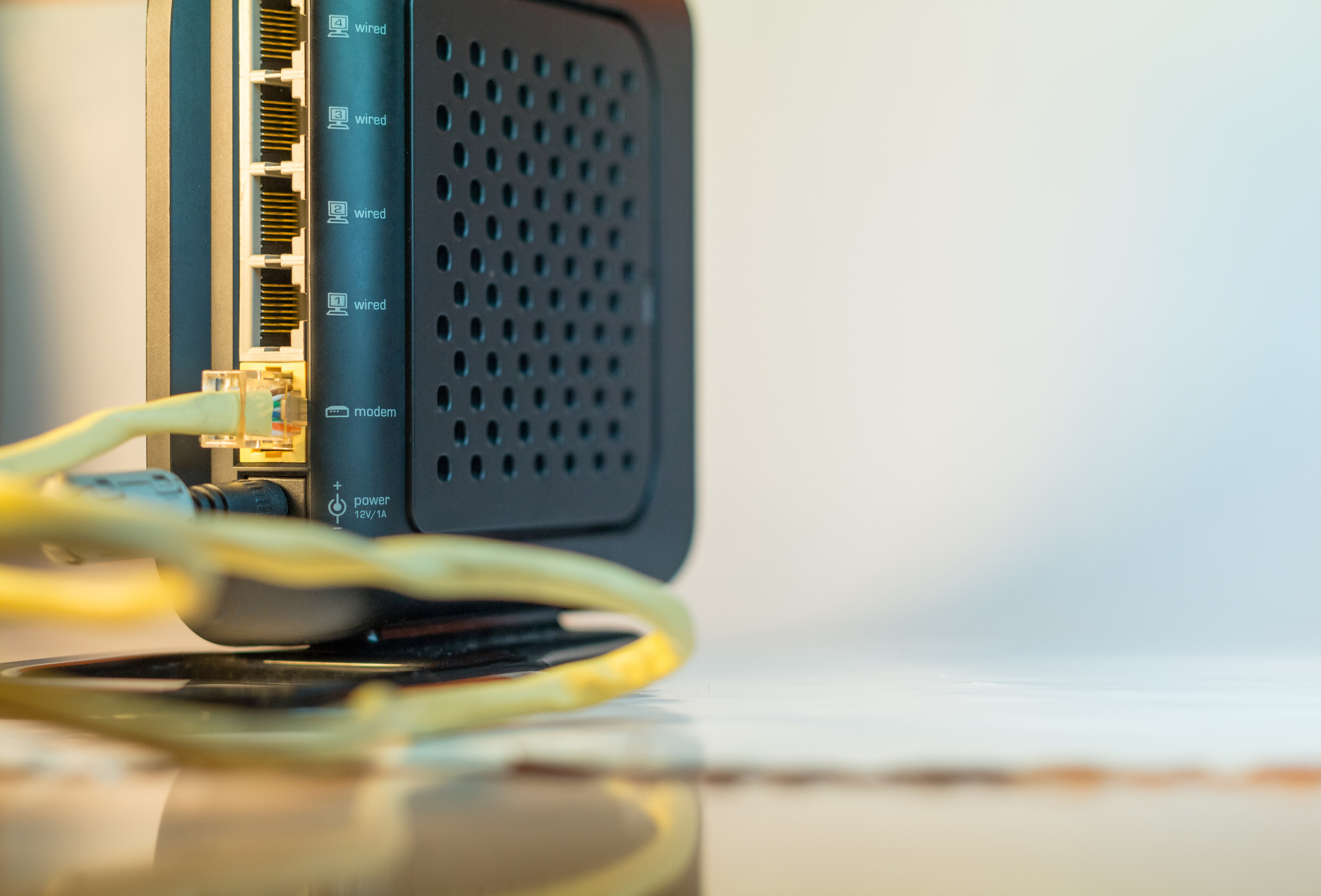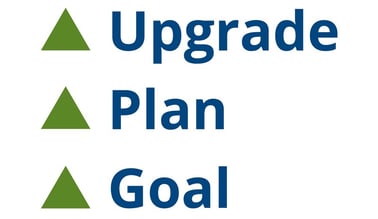How Will Expanded Upstream Meet the Rapid Demand of Upload Bandwidth? (3 Misconceptions)

Todd Gingrass, Vice President of Business Development at CCI Systems, is responsible for the go-to-market development and enablement of each solution set and offering, covering the entirety of a broadband provider’s network. This includes managing industry partners and developing those partnerships into solutions for providers to expand their service area and exceed current subscriber expectations.
How can hybrid fiber-coaxial (HFC) operators keep up with the intense bandwidth demands that were put onto their networks over the last 18 months?
This question and questions related to the upstream spectrum continue to pop up.

If growth continues to climb at the current rate, what can be done to meet the exponential demand?
As an operator ourselves, CCI Systems has been helping operators make the best decision(s) for their networks for over 65 years. Our experts have saved companies significant CapEx and OpEx year after year by installing an expanded upstream solution (85 or 204 MHz).
When addressing this bandwidth surge and subscriber growth, it’s a good idea to understand the 3 common misconceptions associated with the booming demand of DOCSIS upstream.
3 Common Misconceptions of DOCSIS Upstream
Misconceptions are commonplace within upstream discussions. The three falsehoods below are easy to stumble upon, so it is important to understand what is truth and what is fiction.
-
More Upstream Bandwidth Only Happens With a Complete Plant Upgrade
The first misconception is the only way to get more upstream bandwidth is to do a complete plant upgrade project.
ANSWER: While you and your company will get more bandwidth from a complete plant upgrade, it may not be needed.
To address this misconception, you need to understand what your near-term goals are for your current service offerings (data and video) within the next 3 to 5 years.

- What are your subscribers demanding?
- What are your subscribers’ biggest complaints?
- What is the competition offering?
- What is the success rate of the competition’s offerings?
Once you have defined a few basic goals, you can begin to decide how much RF spectrum the upstream and downstream needs now and into the future. In addition, you will be able to compare those goals to what you currently have.
Many RF node and amplifier platforms have multiple options to have an economical upgrade done. These consist of “upstream only” upgrade kits or amplifier module swaps to bring the spectrum to 85 MHz or even 204 MHz.
The reason it is referred to as economical is that the labor required is oftentimes reduced to swapping modules and some tap-level faceplates, as opposed to lots of expensive coax splicing, amplifier location moves, and aerial/underground construction.
Plus, an operator can make this change progressively over time, attacking the most problematic areas first to balance the budget and customer satisfaction.
Now, there are some other dependencies to consider, like digital set-top control and video, in general, but those will be revisited later.
-
You Must Use DOCSIS 3.1 to Use an Expanded Upstream Solution
The second misconception is believing you have to switch over completely to DOCSIS 3.1 to use an expanded upstream.
ANSWER: This is completely untrue.
Despite the advantages of DOCSIS 3.1 (D3.1) in both directions of the plant, it is important to explore every solution and path an operator can take.
Many DOCSIS 3.0 (D3.0) modems can bond channels up to 85 MHz, depending on the brand and model. Adding any amount of DOCSIS 3.0 channels above 42 MHz will increase your aggregate pool of shared bandwidth in a service group.
Also, additional channels will allow your marketing department to increase advertised upload speeds.
If you do want to use DOCSIS 3.1, by all means, you should.
For years, the protocol for D3.1 in the downstream has proven to be even more flexible than D3.0 when it comes to targeted deployments and giving you more megabytes per second (Mbps) / megahertz(MHz).
A move into D3.1 can be made into a very easy and progressive process, both technically and financially.
-
Set-Top Frequency Discrepancy

The third misconception is the set-top control frequency won’t move for 85 MHz.
ANSWER: Yes, even though there is a standard that says they need to, there are a few stubborn brands and models that refuse to.
That said, most will move with a little extra love and attention, even if it isn’t documented by the manufacturer.
How Does This Knowledge Increase Revenue?
After recognizing the 3 common misconceptions of DOCSIS upstream, how does this knowledge add to your company in terms of increased profits and revenue?
The easy answer goes back to the second misconception, more RF spectrum equals more speed. But how much more speed and how much more does my company realistically need?
A typical HFC plant currently has a 5–42 MHz upstream, of which only about 20-25 MHz is typically useable, due to noise and other impairments.
If you are harnessing more than that, you are doing way above average.
An average operator can fit at most 4 (Qty) 6.4 MHz carriers running at 64 QAM. This yields a rough 27 Mbps of payload per carrier, or an aggregate of around 108 Mbps.
The typical best practices say two things:
- You should have twice the amount of aggregate bandwidth compared to your top offered speed.
- Example: A top upload offering of 50 Mbps should have 100 Mbps of aggregate.
- Your offered upload speed should be at least 10% of your offered download speed.
- Example: A 1 Gbps download should have an upload of 100 Mbps.

- Example: A 1 Gbps download should have an upload of 100 Mbps.
Now, if you stick to those two examples above and follow those rules, a 5-42 MHz plant will not be able to offer a 1 Gbps package because the upload of 100 Mbps would need a 200 Mbps aggregate.
Most subscribers do not purchase a 1 Gbps package.
If they do need a package this size, the only application a subscriber might have that is able to pull down 1 Gbps is a speed test. Oftentimes, this test represents a higher speed than what the end user is getting during actual usage.
Realistically, the most someone will pull down consistently is 200–300 Mbps, and as of today, those people would be considered a power user.
The math would say that you only need around a 30 Mbps advertised upload with 60 Mbps aggregate. This is why you typically see operators offering a 1 Gbps download paired with a 50 Mbps upload.
User demand will change and grow over time, but that is also time your company has to prepare and evolve with a coordinated, multi-year plan.
What Is Made Possible With an Expanded Upstream
If you increase the upstream spectrum to 85 MHz, you will have approximately 65-70 MHz of useable spectrum. That is three times the amount!
Now, you have room to add more D3.0 and D3.1 if you choose. Plus, marketing can offer even larger speeds, all based on the previous math, and ride further into the future on the same plant.
The longer your company can stretch those economical plant dollars and hold off expensive node splits, the more revenue you can make and put toward the bottom line.
Otherwise, you can reinvest the added revenue into other portions and components of your overall network.
Finding a Cost-Effective Solution
While each operator will require a slightly different route or solution, there are always cost-effective roadmaps to get your company there successfully.
Plus, the HFC plant has decades of mileage left in the tank.
CCI’s ability to adapt and create a realistic solution to suit our clients’ needs is an ode to our versatility. By accessing the full breadth of the CCI knowledge base, in-house expertise, and our dynamic partnerships, our solution will always find the right technology and the best fit for any operator we work with.
Contact an expert today to get started and set your company on a path toward expanding network bandwidth for your subscribers.

